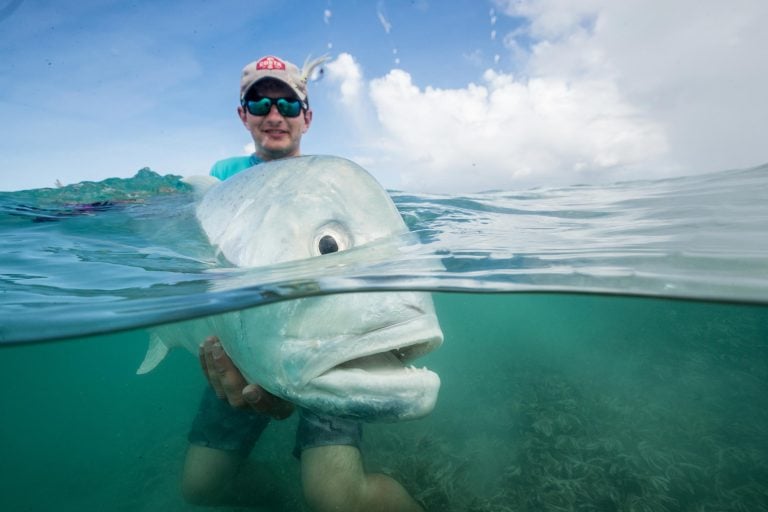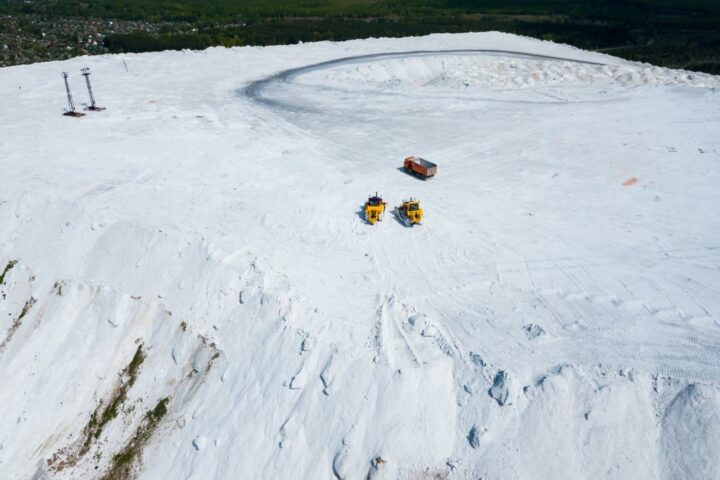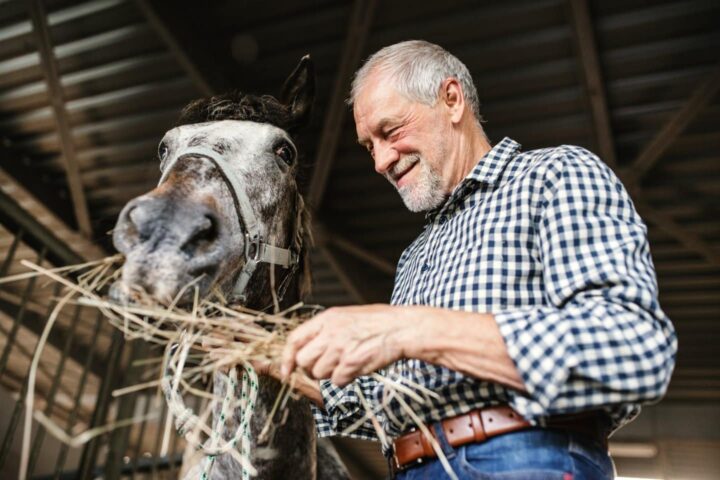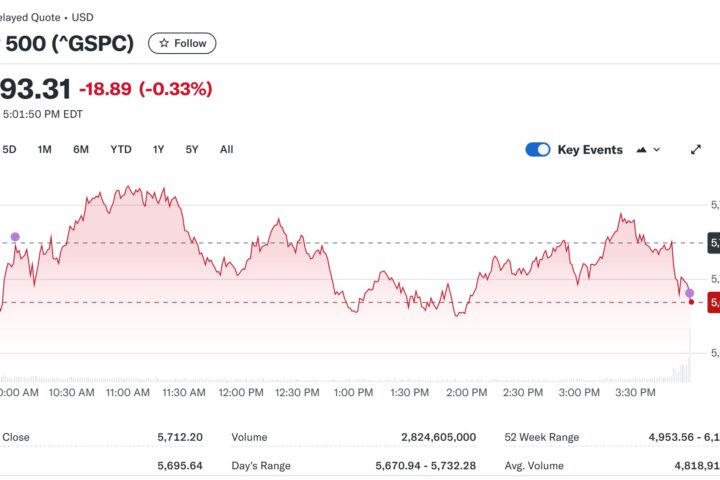A recent study led by researchers at the University of Massachusetts Amherst has shed light on the unintended consequences of catch-and-release fishing practices on giant trevally populations. While catch-and-release fishing is often considered a more sustainable alternative to traditional fishing methods, the study’s findings suggest that it can still have a significant impact on fish behavior and movement patterns.
The Impact of Catch-and-Release on Giant Trevally
Giant trevally are a prized sport fish, sought after by anglers willing to pay top dollar for a chance to catch them. However, frequent fishing can lead to “hook shyness,” where fish become wary of lures and flies, making them less likely to bite. This can have significant consequences for local tourist industries, which rely on the income generated by sportfishing.
The Study’s Findings
The study, published in the Canadian Journal of Fisheries and Aquatic Sciences, found that giant trevally are sensitive to intense fishing pressure. The researchers used a unique “natural experiment” triggered by the COVID-19 fishery closure to investigate the impact of catch-and-release fishing on giant trevally populations.
Sustainable Sportfishing Initiatives
The study’s findings highlight the need for sustainable sportfishing initiatives that prioritize the long-term health of fish populations. Researchers partnered with conservationists and industry experts in Seychelles to develop guidelines for managing giant trevally populations.
Challenges of Catch-and-Release Practices
While catch-and-release fishing is often considered a more sustainable alternative to traditional fishing methods, it can still have unintended consequences. These include increased mortality from hooking, post-release predation, altered movements, and “hook shyness.”
Conclusion
The study’s findings highlight the need for sustainable sportfishing practices that prioritize the long-term health of fish populations. By working together with conservationists, industry experts, and researchers, we can develop guidelines for managing giant trevally populations and ensure the long-term sustainability of sportfishing industries.

















